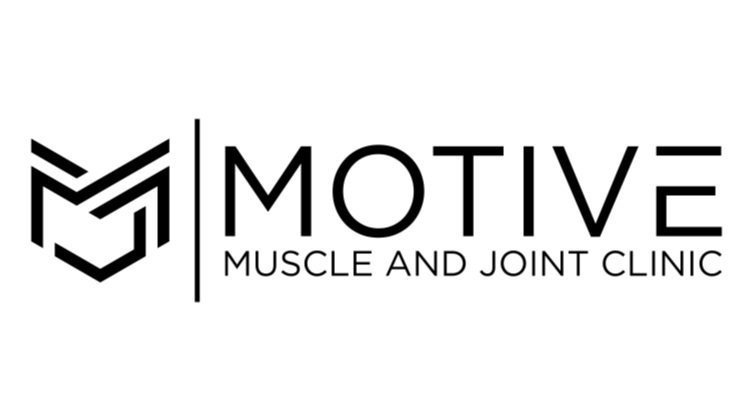“Not Your Typical Chiro” - What Does That Even Mean?
You may or may not have seen the trendy “Not Your Typical Chiropractor” slogan circulating the health and wellness space. You may be wondering, “Well, what does your typical chiropractor even do?” “What’s the difference between a typical chiropractor and a ‘not-your-typical-chiropractor’?” “Do I need to see one?” I’ve got answers for you.
When it comes to chiropractors, you have two opposite ends of the spectrum. You have your typical chiropractor who primarily perform adjustments, and you have your rehab-oriented chiropractors who practice very similar to physical therapists. Historically, the separation and distinction of the two is a hot-button topic within the profession, regardless of the fact that the majority of chiropractors lie somewhere in the middle. In all reality, there is a time and place for both.
Let me give you some gross generalizations to give you the full picture:
In your typical chiropractor’s office, you can expect to begin your visit with imaging of your area of complaint. From the x-ray room, you’ll likely move on over to a roller table to have TENS unit (e-stim) pads slapped on the area of complaint. From here, you’ll spend about 10 glorious minutes being massaged by the roller table and zapped by the e-stim unit. In some offices, they’ll call it a day and send you home without adjusting you to review your imaging findings to be discussed at your next visit. In others, your chiro will then show you your imaging to point out your reverse curve and degeneration in your neck and low back, as well as how correcting this will promote a more optimally functioning nervous system. From here, your chiro will tell you the absurd number of visits it’s going to take to fix you, adjust you head to toe, and send you on your way. You can expect your one-on-one time with your doc to be anywhere from 1-5 minutes. You can usually pick out these chiros by the presence of “nervous system focused chiropractor” on their website, or by the presence of “traction table/roller table” and “e-stim” listed under their services.
In your not-your-typical chiropractor’s office, you can expect to skip the imaging to be assessed with range of motion screening and a movement assessment. Following your movement assessment, your chiro will use the alphabet soup of modalities like ART, PIR, IASTM (read: muscle work), as well as cupping and/or dry needling on muscles they found were “tight” in your movement screen. Following various forms of muscle work, your chiro may or may not adjust you head to toe depending on if your joints aren’t moving much OR moving too much. Your chiro will then likely follow this up with the most wacky and complex rehab exercises that they have deemed will help reinforce the muscle work they performed. They will likely retest some of those original tests that showed where you were tight to determine if the glorified massage they performed loosened you up. Your chiro will probably determine the frequency of care based on how you respond to treatment. You can expect your one-on-one time with your doc to be anywhere from 30-60 minutes. (Hack: do your home exercises and you’ll spend less time in their office ;) ) You can usually pick out these chiros by the presence of “not your typical chiropractor”, “rehab chiro”, or “sports chiro” (be careful with this one) in their instagram bio, or by the presence of “dry needling” and “IASTM/Graston” listed under their services.
All jokes aside, both styles of chiropractic have a cult-following of people who live and breathe by the treatments they receive. It’s completely up to you which style you believe would benefit you most. If you like to be cracked like a glow-stick and appreciate the relaxation a roller table brings, you’re more likely to benefit from seeing a typical chiropractor. If you are fed up with having the same problem for years and are willing to learn a couple exercises to help out, you’re more likely to benefit from seeing a not-your-typical chiropractor.
You may be thinking,”So where do you fall in all of this?” I’ll tell you: Motive prioritizes an “active care approach”, meaning that I believe our bodies were made to move and getting people moving well means more than just cracking their back. I prioritize movement screens over imaging because I would rather tailor our treatment to how your body moves in real time, rather than basing our treatment primarily off of a picture (x-ray) of you standing still. I believe we could do so much for ourselves and our pain if we had guidance over rehabilitative exercises to address our deficits. I’m proud to offer comprehensive care- care that offers evidence-based modalities, individualized rehab, and chiropractic adjustments all under the same roof. If that makes me a “not-your-typical chiro”, “rehab chiro”, or “sports chiro”, than so be it. :)
If you’ve been seeking a clinic that combines the best of physical therapy and chiropractic, look no further. Motive is Norman’s one-stop-shop for chiropractic adjustments, physiotherapy, dry needling, cupping, scraping, and rehabilitative exercise all under the same roof.



